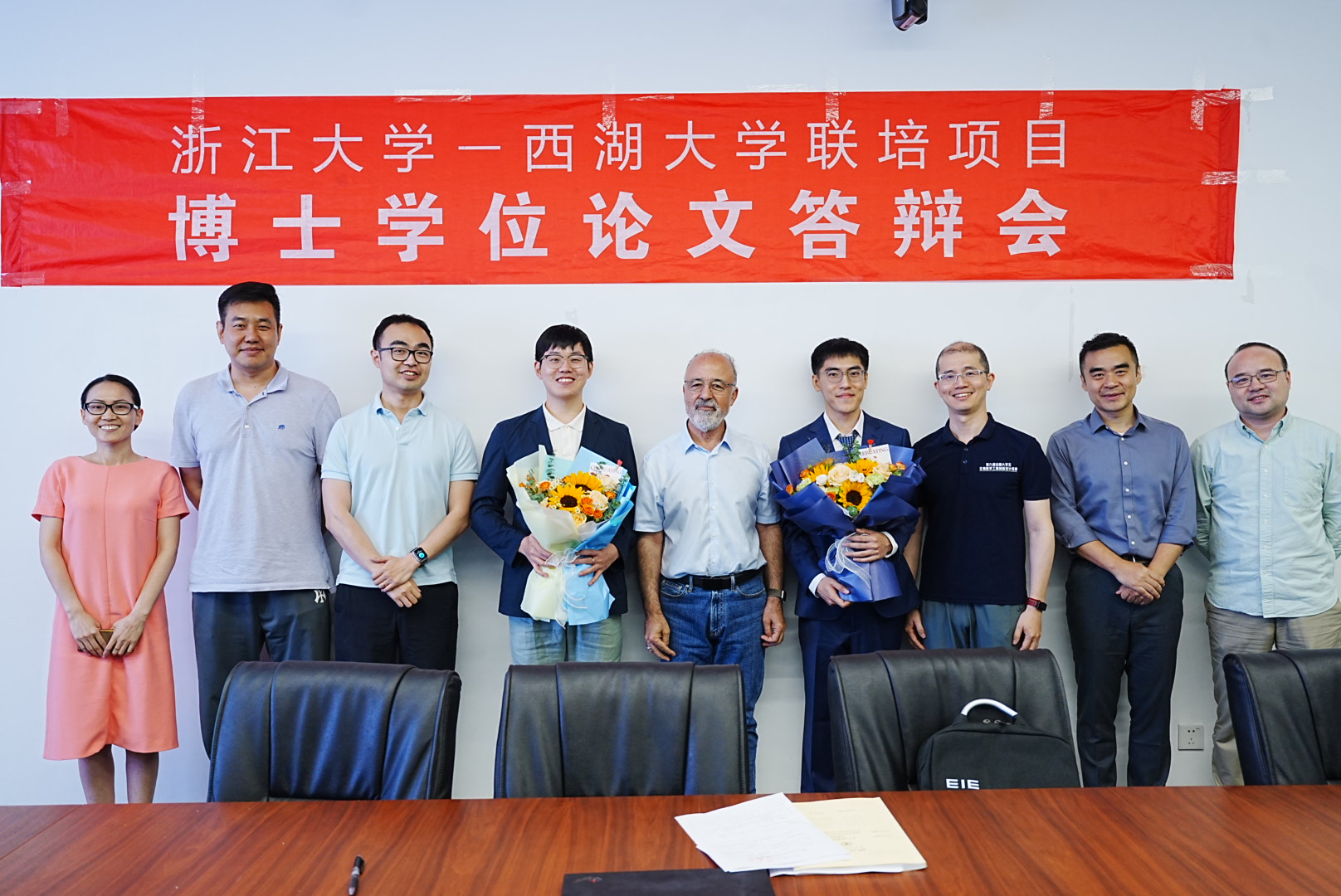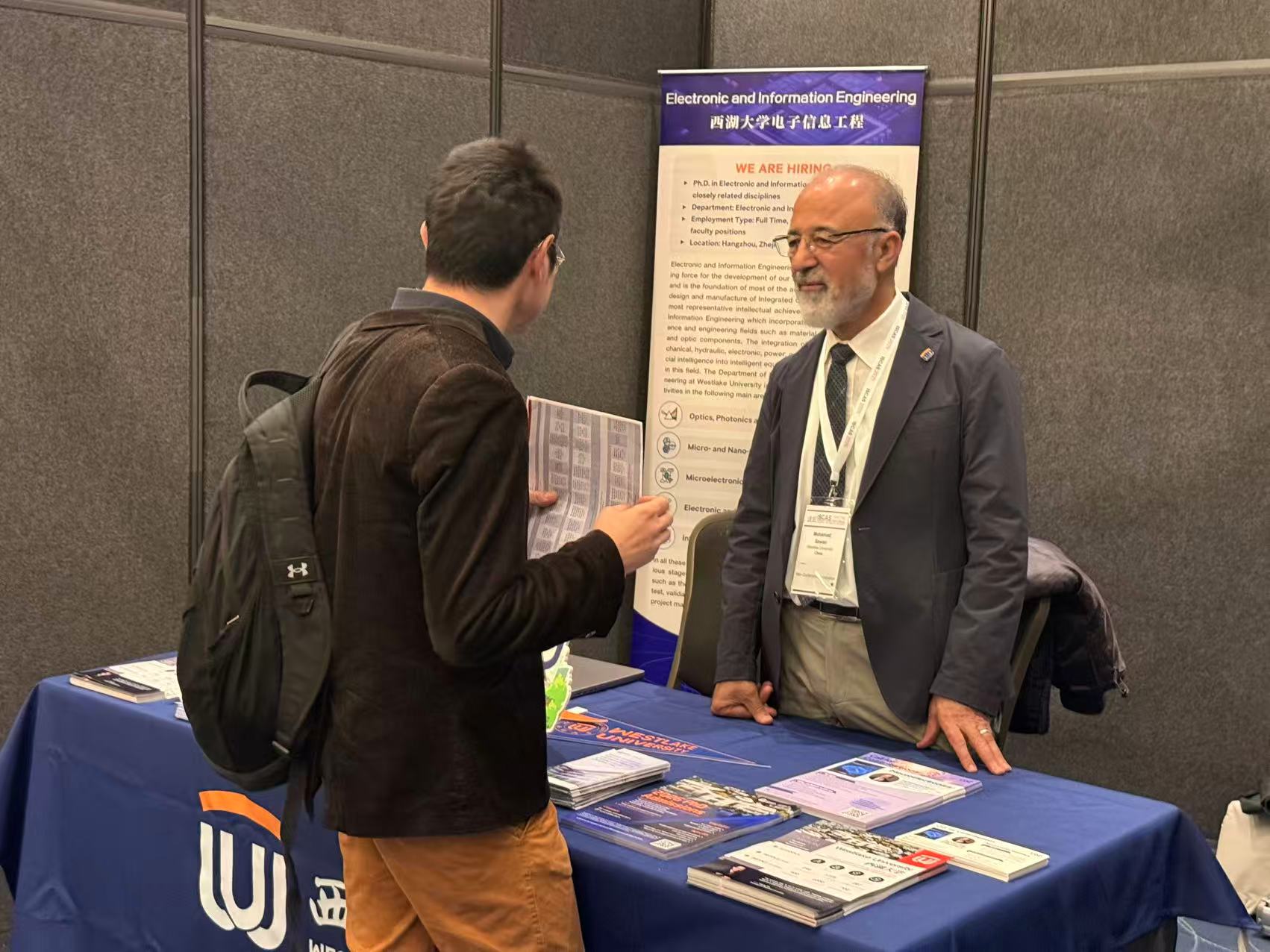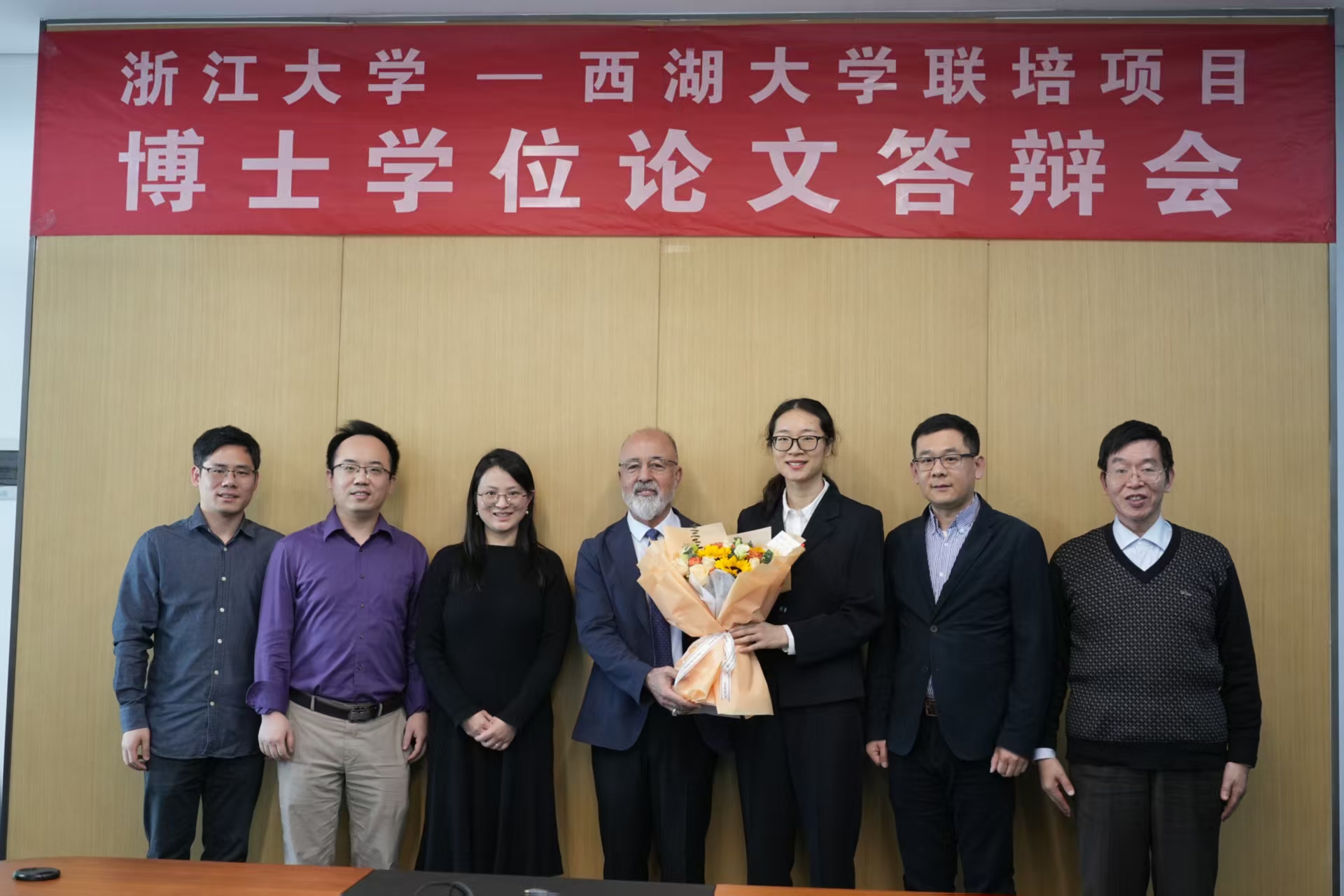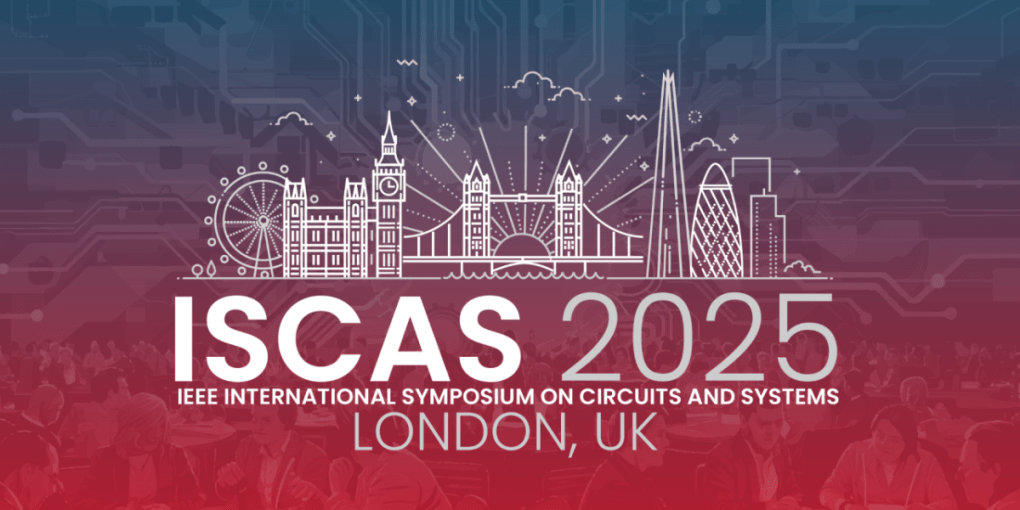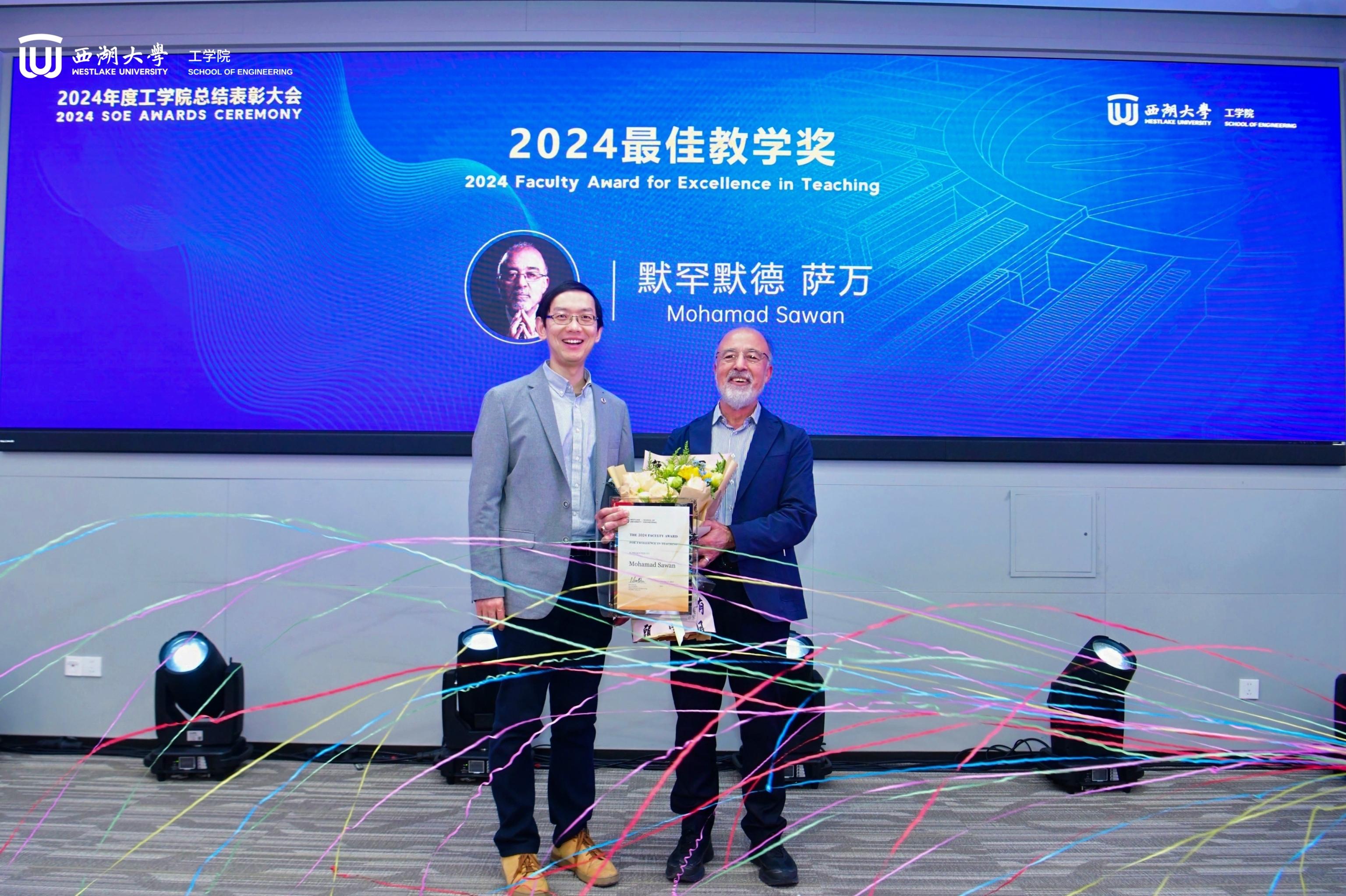Recently, we were very pleased to host two guests for CenBRAIN Neurotech Leading Lecture Series (CELLS). Professor Jie Chen from Fudan University delivered a systematic presentation titled "Current Research Status and Application Prospects of Neuron-on-a-chip", while Professor Sohmyung Ha from New York University Abu Dhabi provided an in-depth discussion on "Intra-body power transfer for wearable devices". Their talks showcased cutting-edge breakthroughs in neuroscience and microelectronics.
Neuron-on-a-chip
Professor Jie Chen delivered a knowledge-sharing session filled with warmth and humanity. He vividly recounted his entrepreneurial journey in industry and his original aspirations for entering academia, eliciting laughter and applause from the audience.
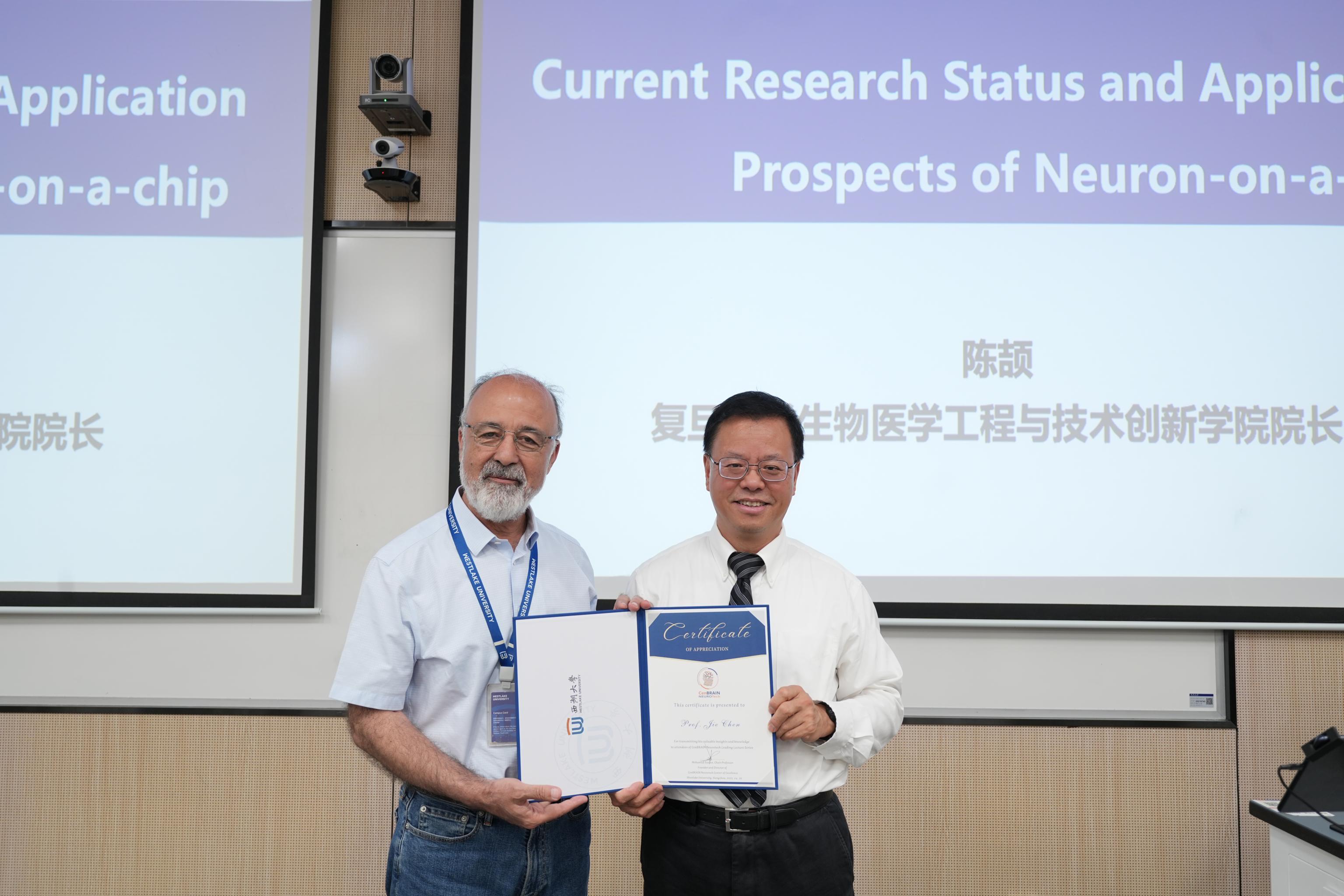
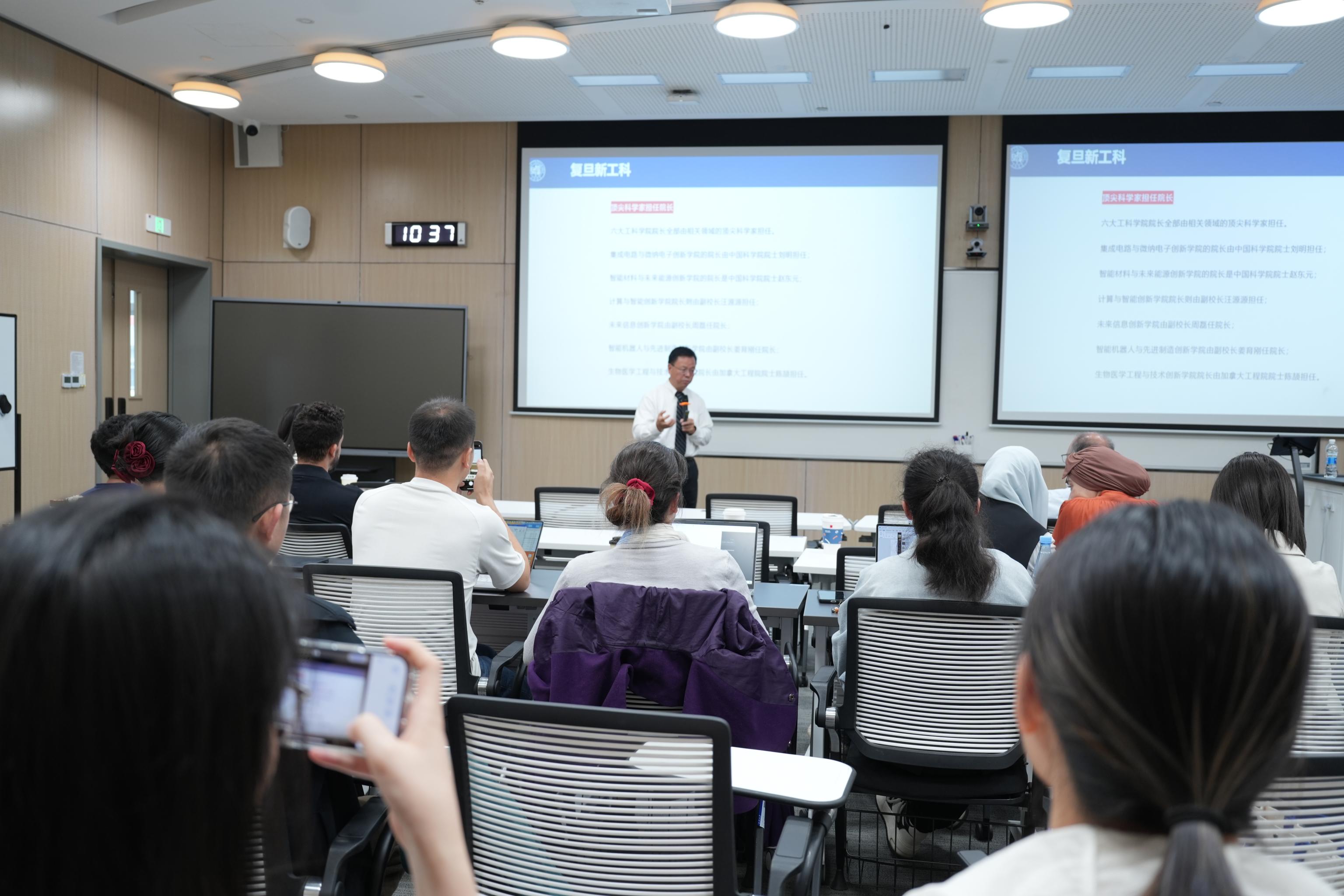
Then, he introduced his team's ongoing research projects, including organ-on-a-chip technology, brain-computer interfaces, nursing robots, and AI-based psychological therapy. Among these, organ-on-a-chip technology—which enables brain tissue to grow on chips—is revolutionizing Alzheimer's disease research. By cultivating and studying brain organoids on chips, researchers can observe the progression of Alzheimer's in unprecedented detail, uncovering how the brain changes under the disease's influence. This breakthrough not only aids in early diagnosis but also paves the way for more effective treatments, offering new hope to countless patients and families.
Looking ahead, Professor Chen expressed great optimism about the future of neuron-on-a-chip technology. He envisions it replacing animal testing and potentially achieving major breakthroughs in organ transplantation. Current medical research faces challenges such as inadequate in vitro models, a shortage of donor organs, and high clinical trial costs. Neuron-on-a-chip technology could transform this landscape by providing more accurate simulations of human organ functions and environments, offering reliable in vitro models. Moreover, lab-grown organ tissues may alleviate donor shortages and significantly reduce clinical trial costs, accelerating the translation of research into real-world medical applications.
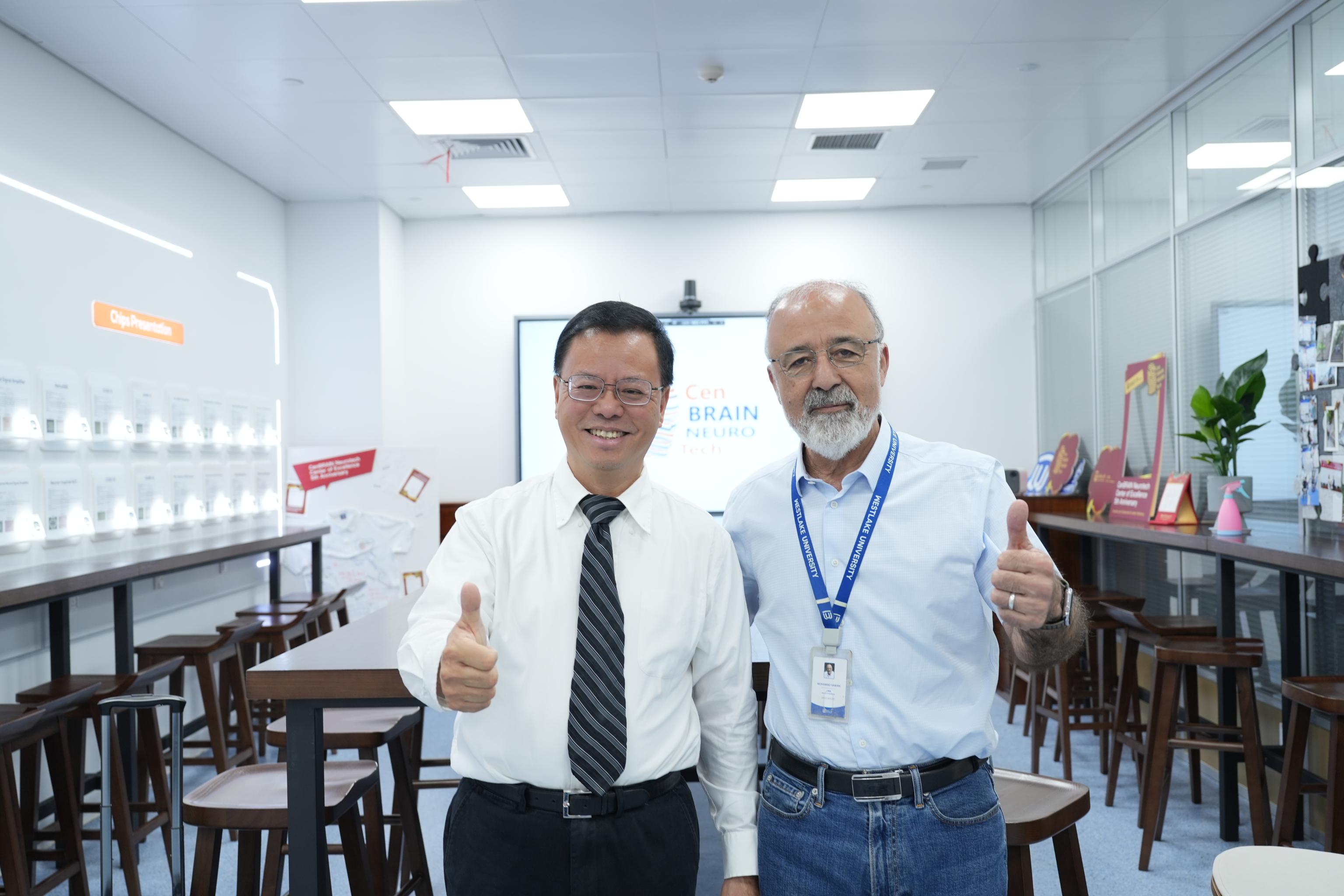
The Body's Energy Network
Imagine a future where your grandfather's hearing aid never needs battery replacements or external charging—instead, it draws power wirelessly through the body, much like a smartphone charging pad. This is the vision of intra-body power transfer (IBPT) technology.
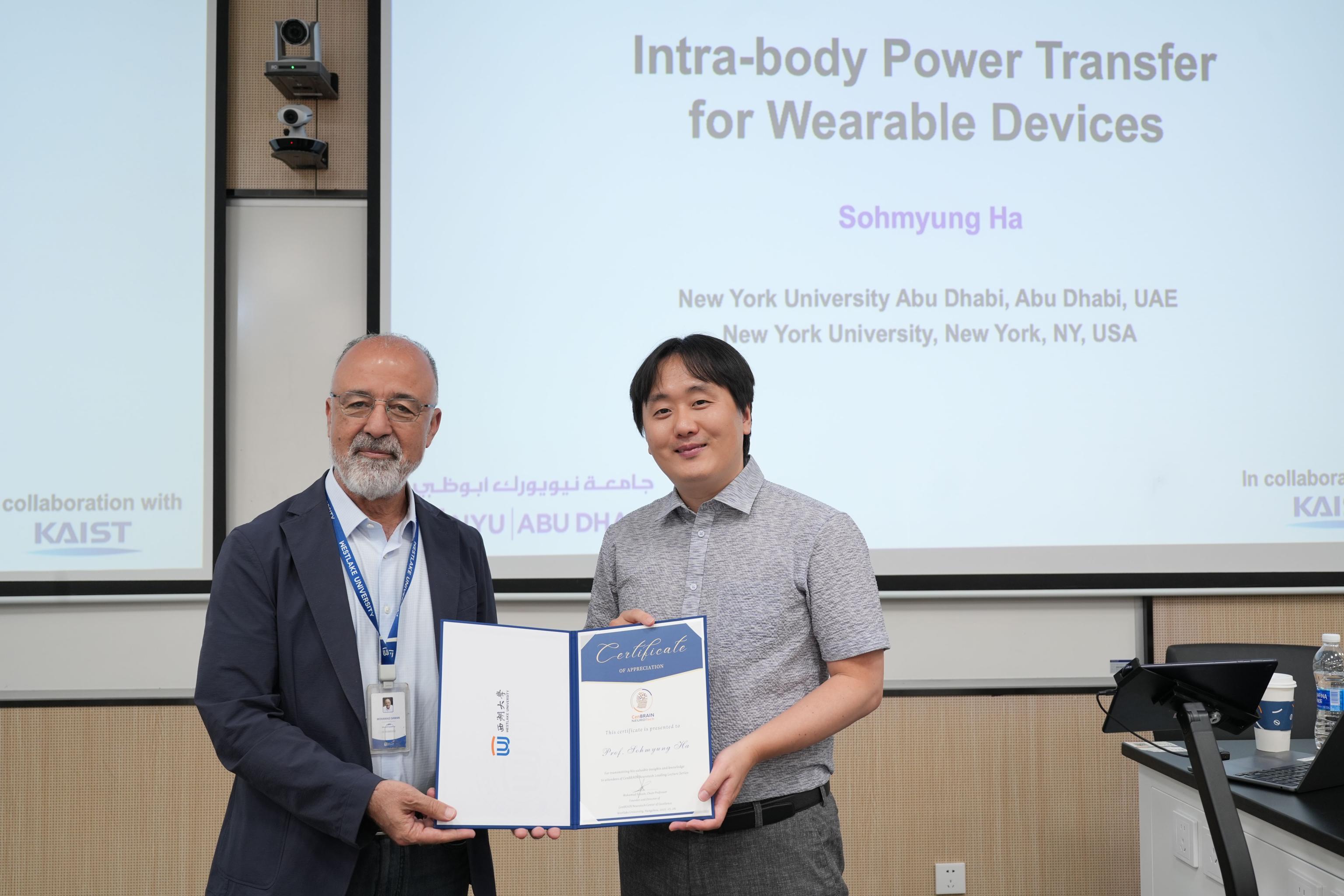
Professor Sohmyung Ha is unveiling a new paradigm for powering medical electronics.
IBPT is an innovative technology that uses human tissue as a medium to wirelessly power distributed wearable devices. Unlike traditional energy harvesting (EH) or inductive wireless power transfer (WPT), IBPT overcomes spatial constraints on the body, enabling flexible power delivery. Its "power source-sensor" decoupling design further miniaturizes wearables—bulky power sources can be placed at optimal energy-harvesting locations on the body, while sensors remain lightweight and distributed.
Professor Ha's system employs an electromagnetic energy harvester to collect ambient energy, using Maximum Power Point Tracking (MPPT) algorithms to stabilize output. The transmitter (TX) dynamically adjusts to environmental frequencies via Maximum Resonance Power Tracking (MRPT), enhancing cross-tissue energy transfer efficiency.
His team demonstrated an electromagnetic coupling system that uses human tissue as an energy conduit. The setup consists of an epidermal patch (transmitter) and an implantable microcoil (receiver), with additional validation through a wearable node embedded in shoes, proving the feasibility of the entire IBPT system.
As Professor Ha vividly illustrated, IBPT is redefining how medical electronics are powered. By leveraging ambient energy harvesting and intelligent algorithms, the human body itself becomes an invisible "energy network".




